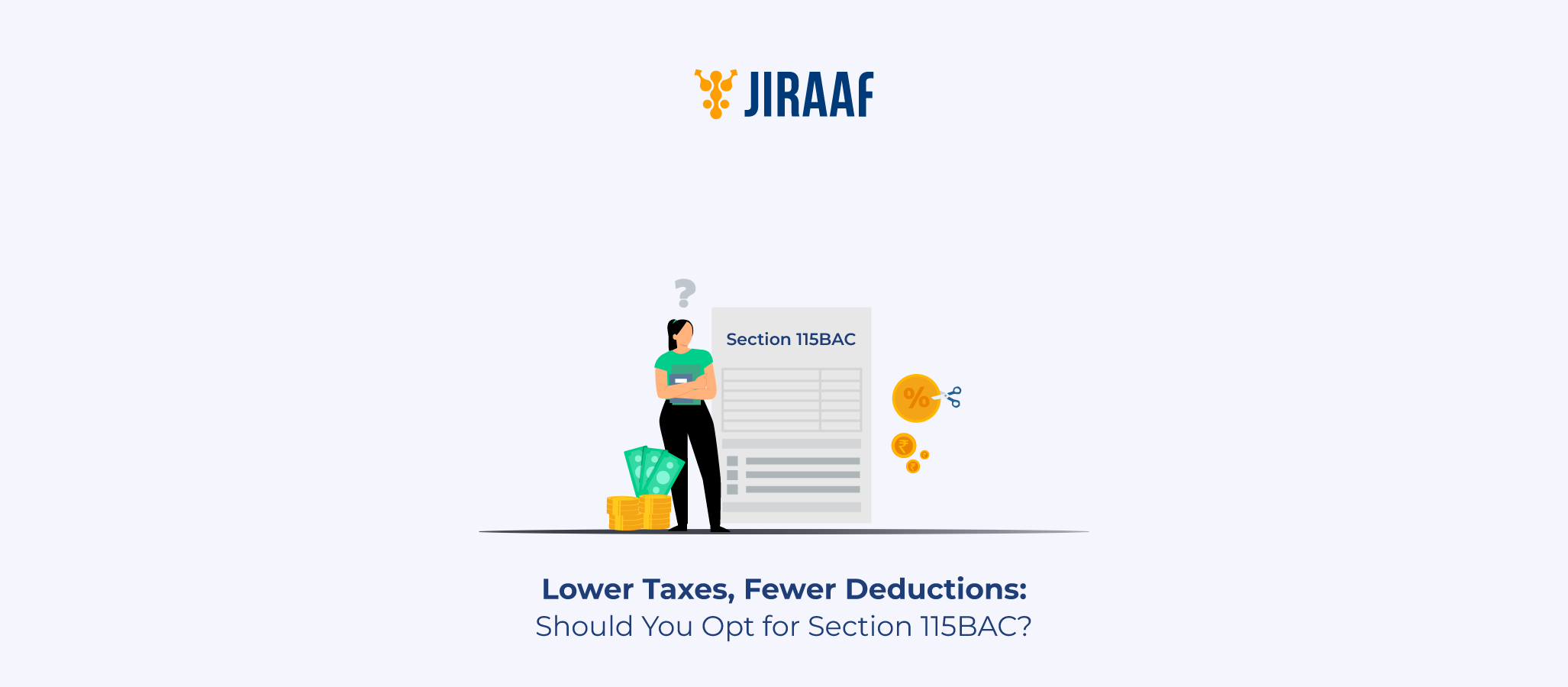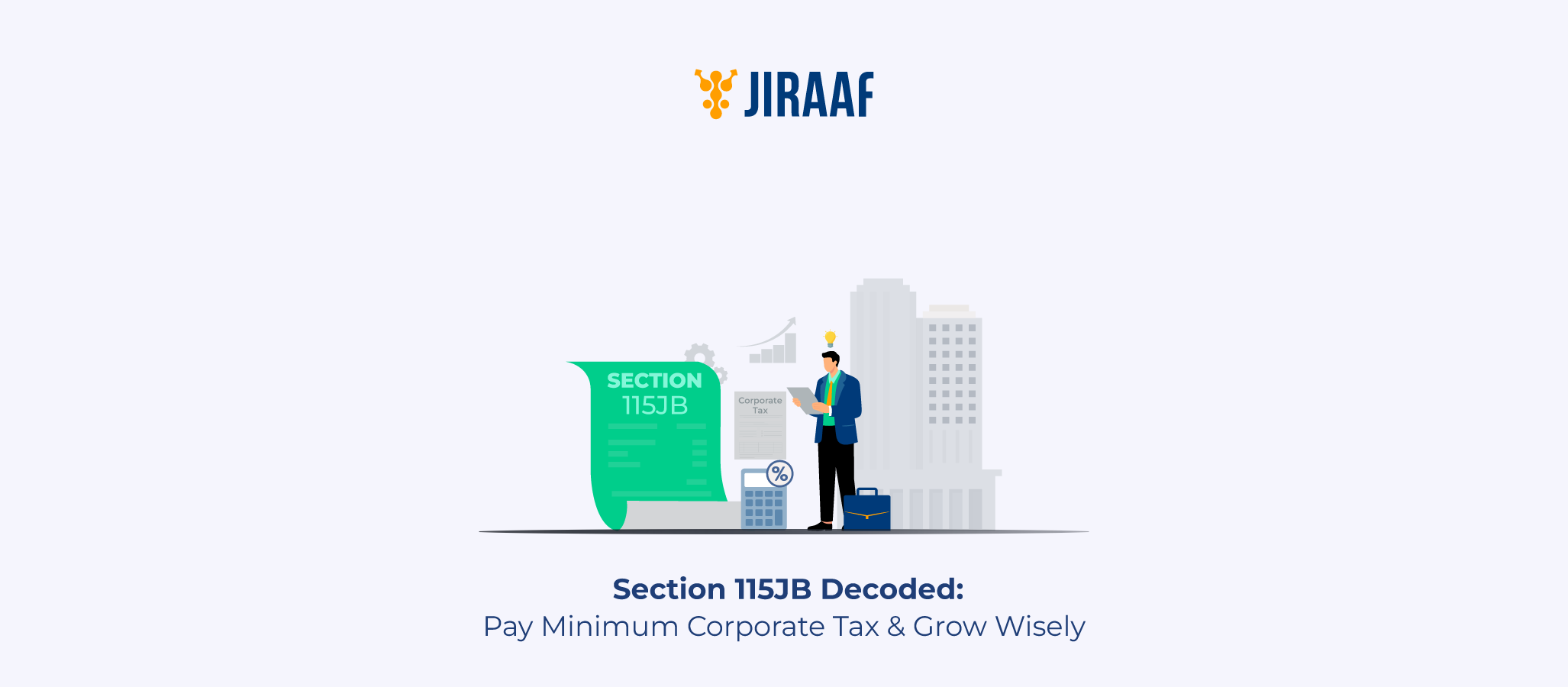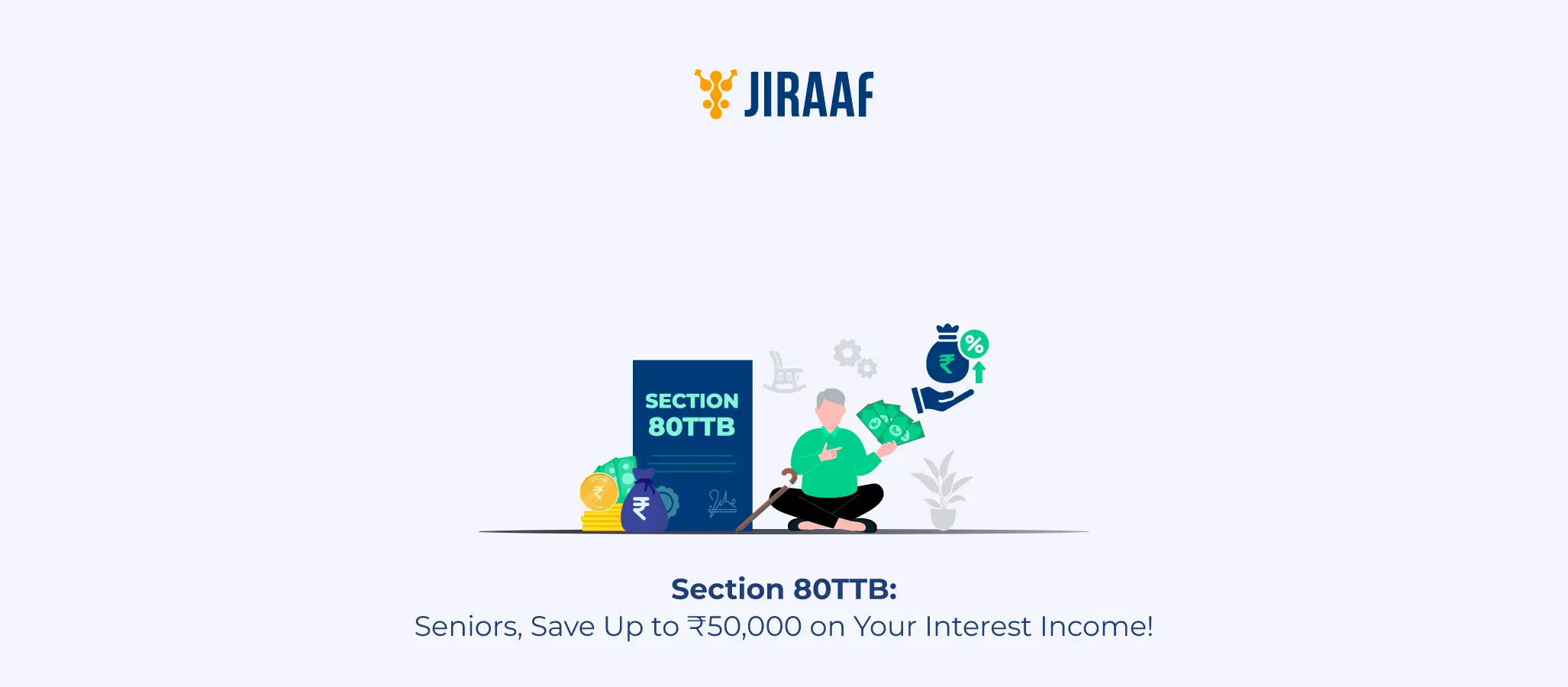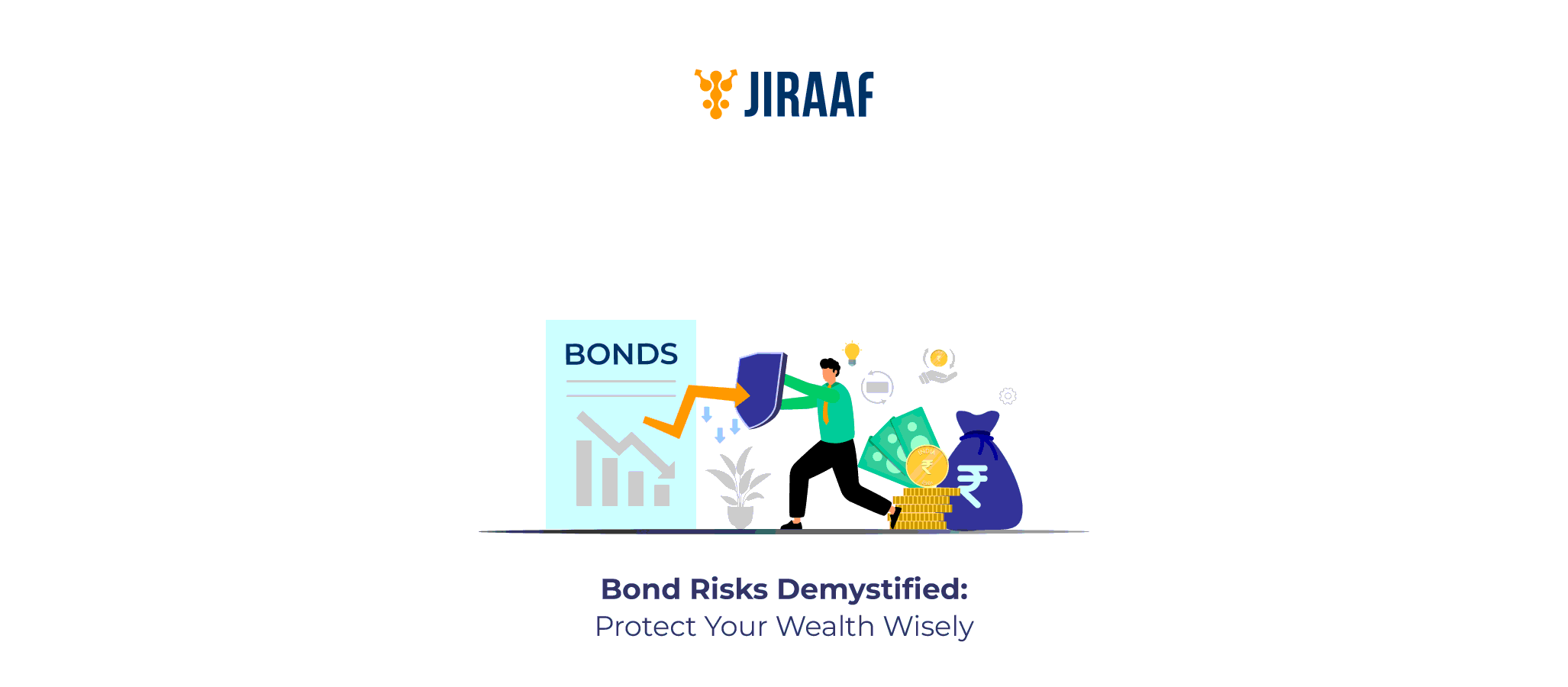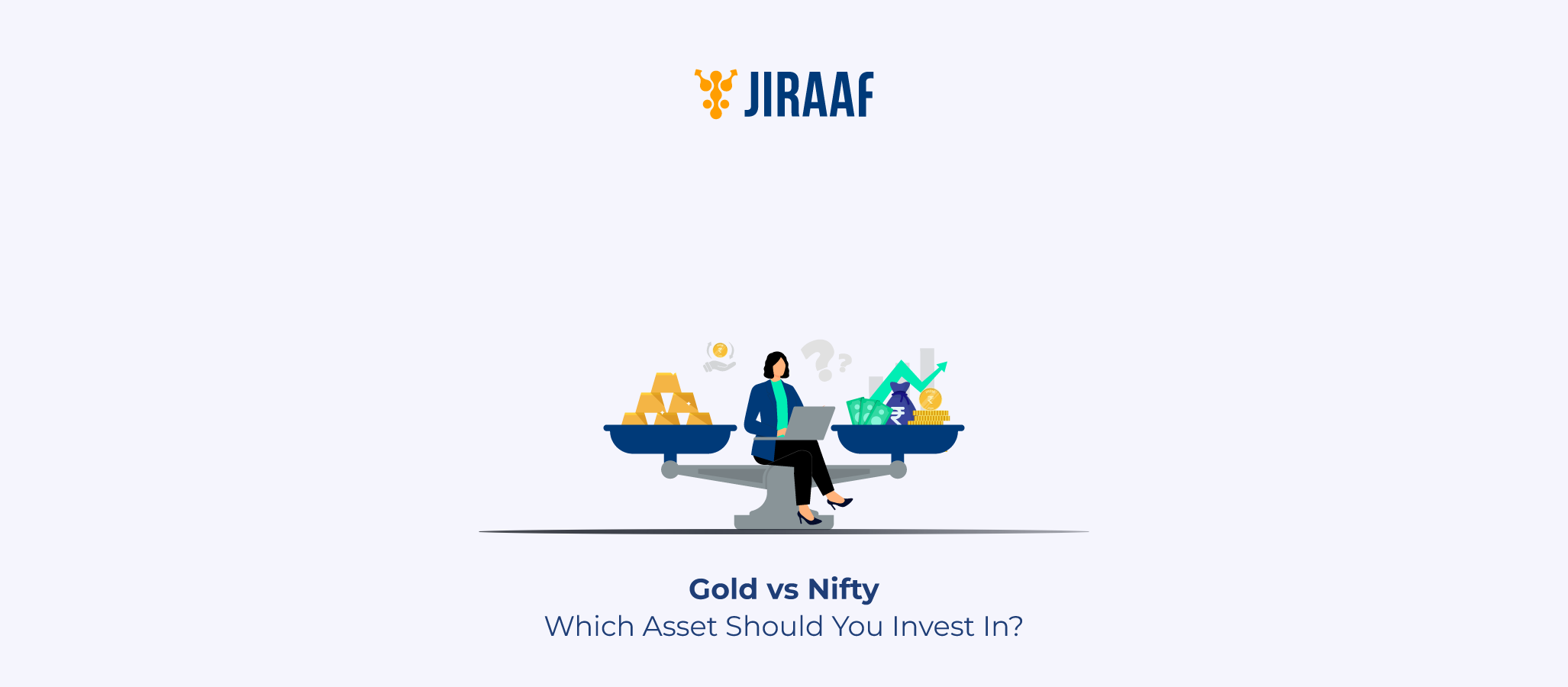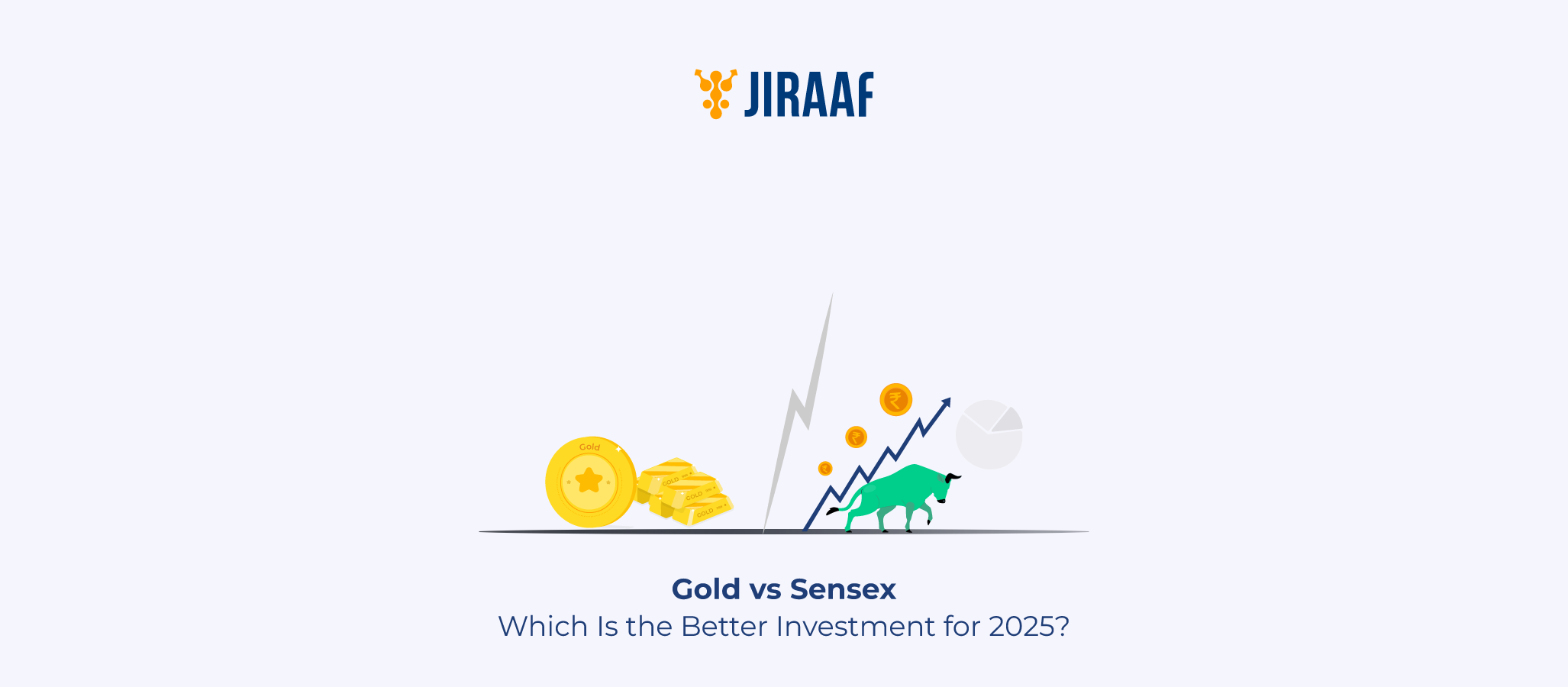Tax season often brings a big question to mind: Which tax regime should you pick? With the introduction of the new tax regime under Section 115BAC of the Income Tax Act, things have changed significantly. This alternative system offers lower tax rates but limits your ability to claim most deductions and exemptions. So, how does it work, and how do you decide which one benefits you more?
In this blog, you’ll explore the new tax regime in detail and understand its slabs, who it suits, what deductions are allowed (if any), and how it compares to the old tax regime.
What Is Section 115BAC?
Section 115BAC, introduced in the Union Budget 2020, with the aim to simplify the income tax structure for individual taxpayers and Hindu Undivided Families (HUFs), facilitates taxpayers to choose to pay tax at lower rates with the condition that they forgo most deductions and exemptions available under the old regime.
It aims to reduce the compliance burden for salaried individuals and freelancers who may not claim many deductions but want to benefit from lower rates.
New Tax Regime Slabs for FY 2024-25 (AY 2025-26)
Income is taxed under the new regime as follows:
| Income Slab | Tax Rate |
| Up to ₹3,00,000 | Nil |
| ₹3,00,001–₹7,00,000 | 5% |
| ₹7,00,001–₹10,00,000 | 10% |
| ₹10,00,001–₹12,00,000 | 15% |
| ₹12,00,001–₹15,00,000 | 20% |
| Above ₹15,00,000 | 30% |
Surcharge and Cess
- Surcharge: Ranges from 10% to 25% for income above ₹50 lakhs
- Health & Education Cess: 4% on income tax and surcharge
Rebate Under Section 87A
If your total income does not exceed ₹7 lakh under the new regime, you are eligible for a rebate of up to ₹25,000 under Section 87A, making your tax liability zero.
Key Features of the New Tax Regime
- Lower income tax rates
- No requirement to invest in tax-saving instruments
- No documentation required for exemptions
- Suitable for individuals with fewer deductions or investments
Deductions & Exemptions Disallowed in the New Tax Regime
One major trade-off is that you lose access to about 70 deductions and exemptions allowed under the old regime. Here are some important ones you can’t claim:
| Not Allowed in New Regime |
| Section 80C (LIC, PPF, ELSS, etc.) |
| Section 80D (Health insurance premium) |
| House Rent Allowance (HRA) |
| Leave Travel Allowance (LTA) |
| Standard Deduction (for FY 2023–24 only)* |
| Interest on home loan (Section 24b) |
| Deductions for education loan (80E) |
Note: From FY 2023–24 onwards, a standard deduction of ₹50,000 is now allowed under the new regime for salaried individuals and pensioners.
Deductions and Exemptions Allowed Under Section 115BAC
While most deductions are not permitted, a few still remain:
| Allowed Deductions |
| Standard Deduction (₹50,000) for salary/pension |
| Employer’s contribution to NPS under 80CCD(2) |
| EPF contributions by the employer |
| Agniveer Corpus Fund (80CCH) |
| Transport allowance for disabled |
| Conveyance allowance for work travel |
So, if your employer contributes to NPS or EPF, those benefits are not lost under the new regime.
Old Regime vs New Tax Regime: A Quick Comparison
| Feature | Old Regime | New Regime (115BAC) |
| Tax Rates | Higher | Lower |
| Deductions Allowed | Yes (80C, 80D, HRA, etc.) | Mostly no |
| Standard Deduction | Yes | Yes (only from FY 2023–24) |
| Complexity | High | Low |
| Best For | Individuals with investments | Individuals with few deductions |
Who Should Choose the New Tax Regime?
- You don’t have many investments in tax-saving instruments like PPF, ELSS, insurance, etc.
- You’re a freelancer or self-employed without access to salary-based exemptions
- You prefer a simplified system without tracking bills and receipts
How to opt for the New Tax Regime?
Salaried Individuals
You can choose the new tax regime every year while filing your ITR. Employers may also allow you to select it at the beginning of the financial year.
Non-salaried (Self-employed or Freelancers)
You need to file Form 10-IE before the due date of ITR if you want to opt in or out. Once opted out, you cannot return to the new regime for the same business income unless you discontinue the business.
How to Evaluate Which Regime Is Better for You?
Here’s a simple checklist to decide:
- Calculate your gross income
- Deduct all eligible investments and deductions under the old regime
- Compare tax payable under both regimes using an income tax calculator
- Choose the one with the lower tax liability
Example:
| Income Category | Old Regime (₹) | New Regime (₹) |
| Gross Salary | 15,00,000 | 15,00,000 |
| Deductions (80C, 80D etc.) | 2,00,000 | 0 |
| Taxable Income | 13,00,000 | 15,00,000 |
| Tax Payable | 1,76,200 | 1,62,500 |
In this case, the new regime is slightly better.
Common Mistakes to Avoid When Opting for New Tax Regime
| Mistake | Why It Matters | Solution |
| Not comparing both regimes | You may miss out on savings | Always use a calculator or consult a CA |
| Missing Form 10-IE (non-salaried) | Could default to old regime | File Form 10-IE before ITR due date |
| Assuming all deductions are disallowed | Some are still allowed (EPF, 80CCD(2), standard deduction) | Check the latest updates and circulars |
| Changing regime without planning | May affect your monthly TDS and budgeting | Inform employer at start of FY if salaried |
Final Thoughts: Choose Smart, Not Fast
The new tax regime under Section 115BAC offers clarity and simplicity but isn’t a one-size-fits-all solution. Whether it’s better for you depends on how you save, spend, and structure your income. Review your finances annually, simulate both options using online tax calculators, and pick the regime that aligns with your financial goals, not just your tax bill.
Remember, you can switch between regimes (if salaried) every year. So, evaluate wisely and file confidently.
Discover fixed income investments with Jiraaf, a SEBI registered online bonds platform that educates and brings access to a wide array of bonds. Sign up today to explore diversified fixed income investment opportunities to support your goal-based wealth creation journey. Start investing!
